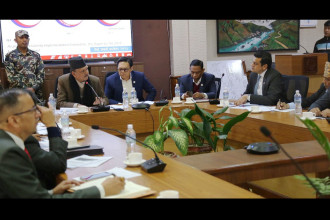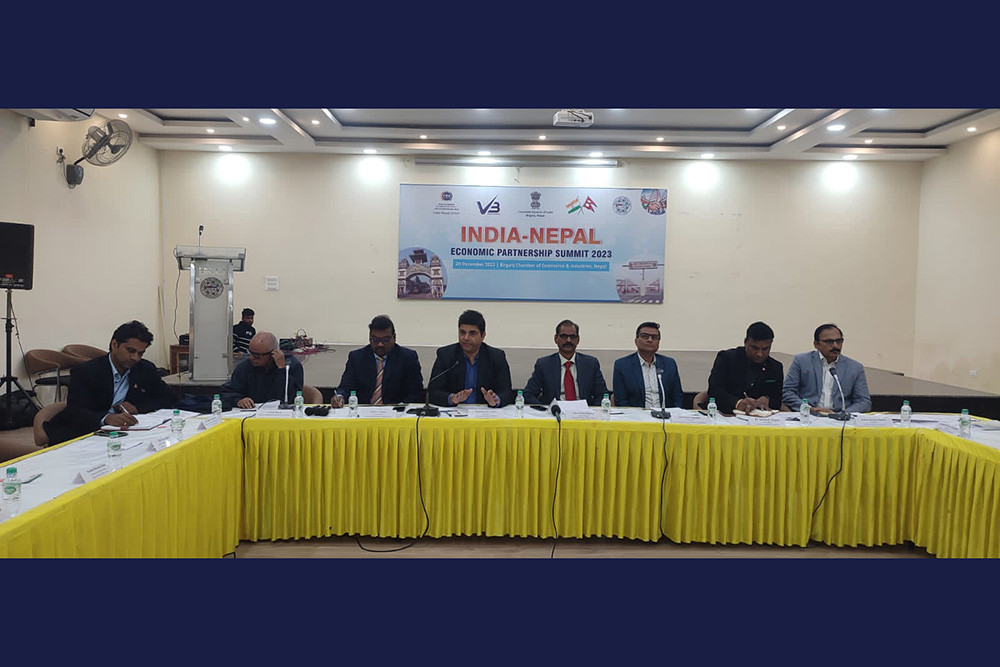
Environmental health and child health advocates, government officials, development agencies, and paint industries are united in October to celebrate International Lead Poisoning Prevention Week 2018.
Lead is of one amongst 10 major toxic chemical of public health concern. Lead paint, a major source of childhood lead exposure, can cause permanent and irreversible brain damage in children. Lead exposure globally accounted for 5,40,000 deaths and 13.9 million years lost to disability and death due to long-term effects on health, with the highest burden in developing regions. 857 million Children worldwide are at the risk of lead exposure (Institute for Health Metrics and Evaluation, 2016). 65 - 100 % of 10,150,770 young people under 15 years old (34.6%) of total population 29,362,095 (2018) are under high risk of lead exposure in Nepal (2017 Dhimal et al.& 2017, Gautam, K. et. Al).
Calling for protections for the 857 million children ages 0-9 years old who live in countries with no protective lead paint regulations, organisations in 30 countries, coordinating with the Global Alliance to Eliminate Lead Paint (a voluntary partnership hosted by the UN Environment Program and the World Health Organization), urge governments to adopt and effectively implement legislation to protect children’s health.
“Lead is a silent killer. But we have an alternative to lead now”, stated Health and Population State Minister, Dr. Surendra Kumar Yadav, MoHP, GoN, at “Stakeholder Workshop on Effective Implementation of Lead Paint Standard in Nepal”, a one-day workshop jointly organised by Center for Public Health and Environmental Development (CEPHED), with the Department of Environment, Ministry of Forest and Environment (MOFE), and with the support of WHO country Office for Nepal and IPEN.
The weeklong program for sectorial commitment towards enhancing effective implementation of lead paint standard aims to harmonise the sectorial laws through inclusion of lead paint standard provision in building code, green building guideline, Nepal Standard Mark (NS Mark) criteria, colour code for school and other infrastructures as well as envisioning national blood lead level screening plan.
Series of lead paint studies in Nepal clearly revealed that the amount of lead content in the paint produced, imported, marketed, and used in Nepal has heavily decreased over the years. The compliance monitoring of lead paint standard carried out by Ministry of Forest and Environment (MOFE) in the year 2016 showed only 30% paints comply with the standard. However, similar study carried out by CEPHED in a year later in 2017 with the support of World Health Organization (WHO) showed increased compliance of lead paint standard by 60% of paints. Though the compliance of lead paint standards increased over the years, some of the paint products mainly from the domestic paints industries were still found extremely high up to 50347 ppm (CEPHED 2017). Therefore, a regular monitoring of lead paints marketed in Nepal has been planned by the Department of Environment. Research indicates that legislation alone is not enough to keep children safe. Not only should regulation set total lead limits below 90 ppm in all paints, but enforcement and monitoring are essential.





